Hemp Biomass 101: How to Turn Cannabis Waste Into Profit
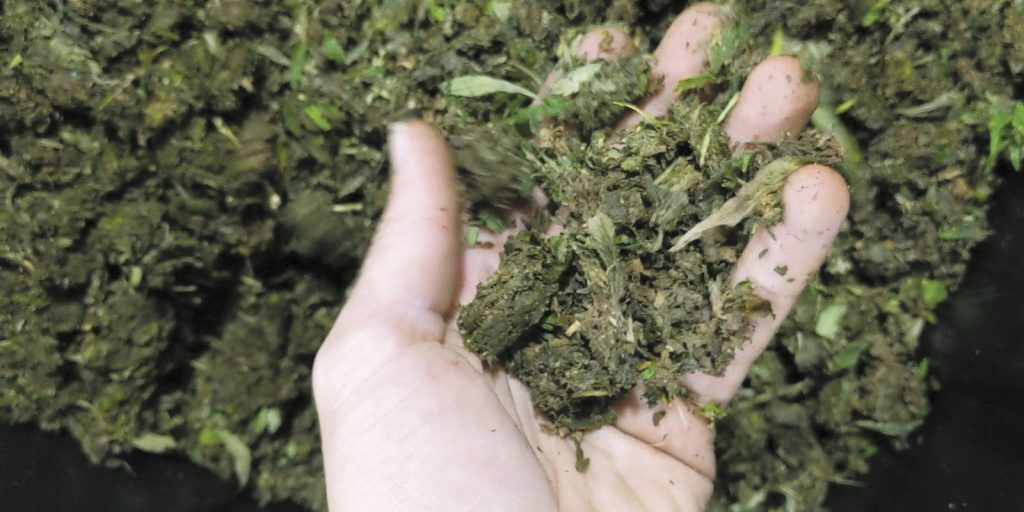
Hemp biomass is often regarded as waste by many commercial hemp operations. However, this leftover processing material is far from useless. Hemp is considered a promising renewable resource with numerous uses, and the waste created from the legal hemp industry can be used for a variety of purposes and products.
Processing hemp biomass is a sustainable business practice that offers profitable economic opportunity. Once the biomass is prepared by processors or the extraction team, there’s an opportunity for research and development, as well as sales.
Here we’ll explore more about hemp biomass, including best practices for collecting and processing hemp biomass, the different ways it can be used, its economic potential, and more. The cannabis industry is ever-evolving and knowing how to add value to your hemp and cannabis crops is critical for the continued success of any commercial cannabis operation.
What Is Hemp Biomass?
Most of the hemp cultivated in the U.S. is considered “floral hemp,” grown for the production of CBD oils. Hemp biomass is the plant material that is left over after the flowers have been harvested, which includes the leaves, seeds, and stalks of the plants.
Between 2019-2021, an estimated 200 million pounds of hemp biomass was produced from plants grown for CBD. With more than 150 tons of waste generated from the cannabis industry each year, many commercial hemp operations are exploring alternative economic and environmentally friendly options for the biomass created on their farms.
Most commonly, hemp biomass is used for food, fuel, and fiber. Other products used or made from the waste generated from harvested hemp plants include:
- Hemp seeds
- Hemp seed oil
- Hemp biodiesel and ethanol
- Fabrics
- Building materials
Different types of hemp plants produce different types of hemp byproducts. Hemp plants grown for CBD oils are typically shorter and contain more seeds compared to hemp that is cultivated for its fibers, which grow taller with thick stalks that are used for the production of various textiles. Hemp biomass that’s collected from plants grown for flower is prized for its seeds and produces oils used for therapeutic purposes.
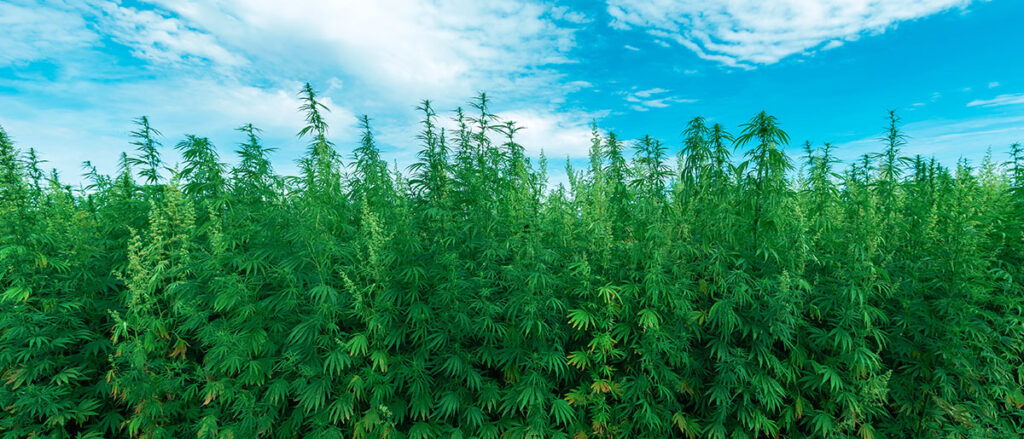
The Importance of Cultivating High-Quality Hemp to Produce Top-Quality Biomass
For commercial hemp operations considering alternative solutions for the waste produced after a harvest, understanding the importance of cultivating high-quality hemp plants is key. The hemp biomass market can be competitive. Offering top-quality biomass can significantly improve success in this sector of the industry.
Just as some hemp plants contain a genetic predisposition for higher-quality hemp flower, genetics also play a large role in the quality of the remaining biomass. Much like the cannabis plant itself, hemp fiber quality is complex. In a 2020 study, researchers found that hemp quality is diverse and dependent on phenotype variations, which are influenced by genetics and the environment it’s exposed to.
The study discovered that the environment in which hemp is cultivated influences biomass quality. It found hemp plants grown in the Netherlands, for example, flowered later and produced a larger volume of biomass compared to plants grown in France and Italy. These variations are largely dependent on the photoperiods of the different locations. The transition from long to short photoperiods in northern latitudes happens later than in southern latitudes, which leads to later flowering in the growing season.
The study suggests that hemp planted for fiber may be better suited for northern latitudes, while hemp cultivated for its flower that’s rich in seeds may be better suited for southern latitudes. The authors of the study noted that “the selection of cultivation purposes based on the environment might increase the profitability of hemp cultivation.”
Understanding the ideal conditions and cultivating crops to the highest standards is as important for hemp biomass as it is for CBD-rich hemp flower.
Best Practices for Harvesting Hemp and Processing Hemp Biomass
Harvesting hemp to have quality hemp biomass isn’t as straightforward as collecting the waste leftover from harvested hemp flower. To successfully produce a good quality hemp biomass, several things must be considered, including:
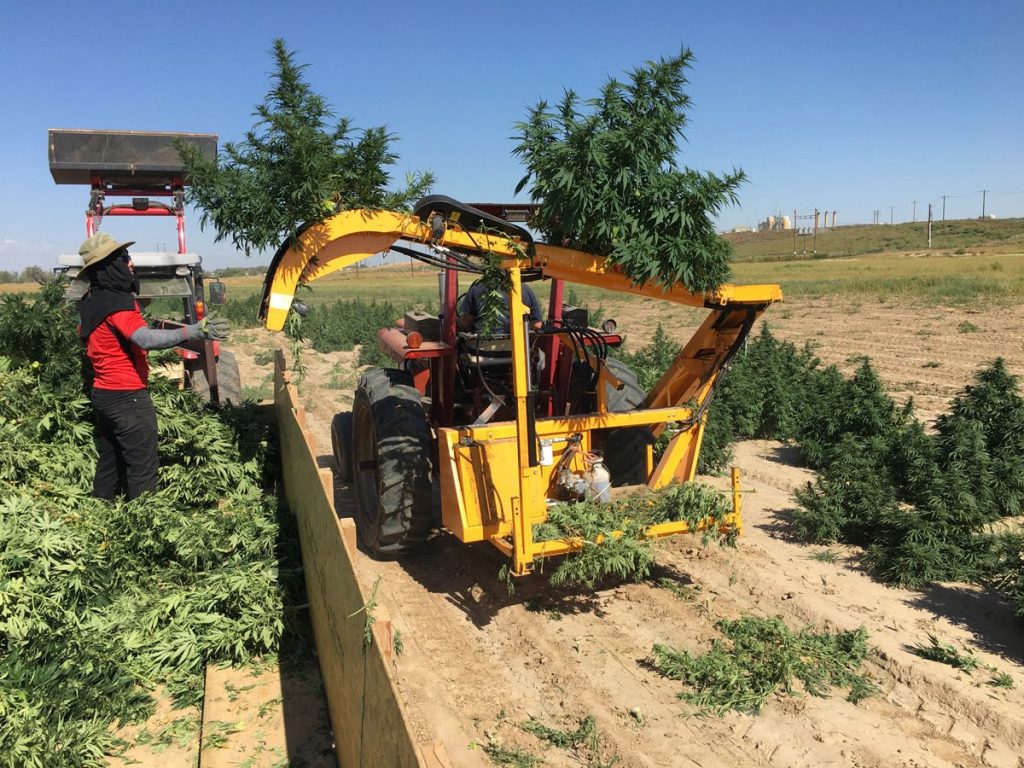
- Harvesting hemp plants at the right time.
- Ensuring the best harvesting techniques are used, which include cutting down plants and separating leaves and flowers from the plant stalk. Plants should be approximately 2-3 cm from the soil and put into piles for easier transport to the location where they’ll be dried.
- After plants are harvested, the hemp must be dried before further processing can take place. If hemp retains too much moisture, it can lead to the development of mold and mildew, which can ruin the entire harvest, including the leftover biomass. While some choose to hang the entire plant upside down, this can cause moisture to build up in the middle of the plant. This is why others choose to cut off individual branches to dry, which can decrease the drying time and ensure plants are completely dried through. The length of the drying time depends on airflow, temperature, and plant size.
- Hemp biomass that is intended to be used for fiber can benefit from retting, a process that uses moisture and microorganisms to break down the stalk to separate fibers. Water retting is the most common practice, which involves soaking plant stalks in water, which leads to the swelling of cellular membranes and easier separation of the fibers. After retting, the plants are then left to dry.
- Once the biomass is dry, this waste material is ready to be processed. Many hemp processors prefer to shred biomass, which can decrease the output volume of waste and increase the efficiency of green waste handling.
- Once shredded, hemp biomass must be packaged and stored. It’s usually packaged in airtight containers where it can be safely stored until it’s ready to be used or sold. Garbage bags, cotton sacks, or baling are also options when processing hemp biomass on a large scale.
Uses of Hemp Biomass
Hemp is believed to be one of the first cultivated crops, with evidence of the use of hemp fiber dating back thousands of years. Textiles, rope, and clothing have been created from hemp fibers by cultures worldwide throughout time. Today, hemp is used to create thousands of different products, and its biomass is considered a valuable renewable resource.
Fiber and Building Materials
Innumerable products can be made from hemp biomass, including some of the strongest, most eco-friendly fabrics that exist. Growing hemp requires less than half the water it takes to grow cotton. Hemp biomass can also be used to make paper that is more sustainable, durable, and recyclable compared to traditional paper made from trees.
It’s also used to produce a variety of building materials, the most common of which are hempcrete and hemp wood. Hempcrete is a mixture of lime and hemp hurd (aka hemp shives), which is the woody part of the hemp stalk.
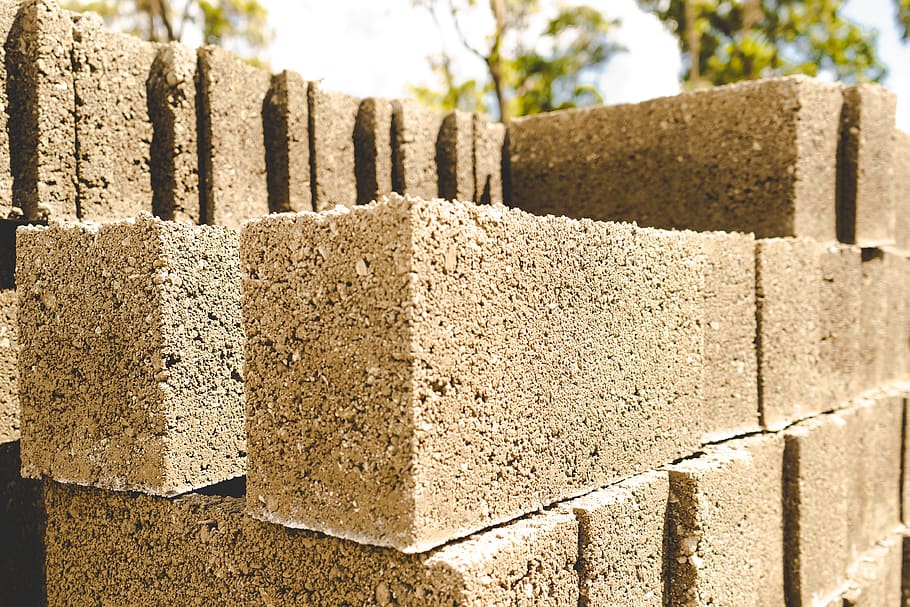
Hempcrete’s features:
• Ten times stronger than concrete
• Works well as an insulator
• Helps regulate humidity
• Resistant to fire and mold
Because hempcrete was approved in the U.S. for residential construction in 2022, the demand for hemp biomass to create this sustainable building material will likely increase in the coming years. Hemp wood is made from compressed hemp fibers or hurd held together with a binder, which is typically some type of plant-based resin. Hemp wood is 20 times stronger than oak, available in both board and sheet options, and can be used for anything that regular wood is used for.
CBD Products
It is possible to extract CBD oil from hemp biomass, which is commonly referred to as “CBD biomass.” This high-quality biomass can contain up to 5-10% CBD, which is enough to be used for extraction. If using hemp biomass to create CBD products, education in the biomass extraction process is important. Extracting cannabinoid-rich oil from biomass involves different techniques than extraction from flowers.
Biomass Energy
Hemp biomass is also considered a valuable source of renewable energy. It can be converted into heat energy sources, such as pellets and bricks. It can also be used to create fuel, including hemp diesel and hemp ethanol/methanol. Hemp biodiesel is created from hemp seed oil, while ethanol made from hemp biomass must go through a fermentation process. Hemp biomass must be pretreated before it’s made into fuel, making it an extensive process that hasn’t been widely implemented yet.
Research shows that implementing bioenergy technology not only reduces biomass but can significantly reduce the use of fossil fuels. Ultimately, using hemp biomass as a bioenergy source reduces the impact of CO2 emissions and supports a more sustainable future.
There are also studies showing hemp biomass as a potential high-quality livestock feed.
The Economic Potential of Hemp Biomass
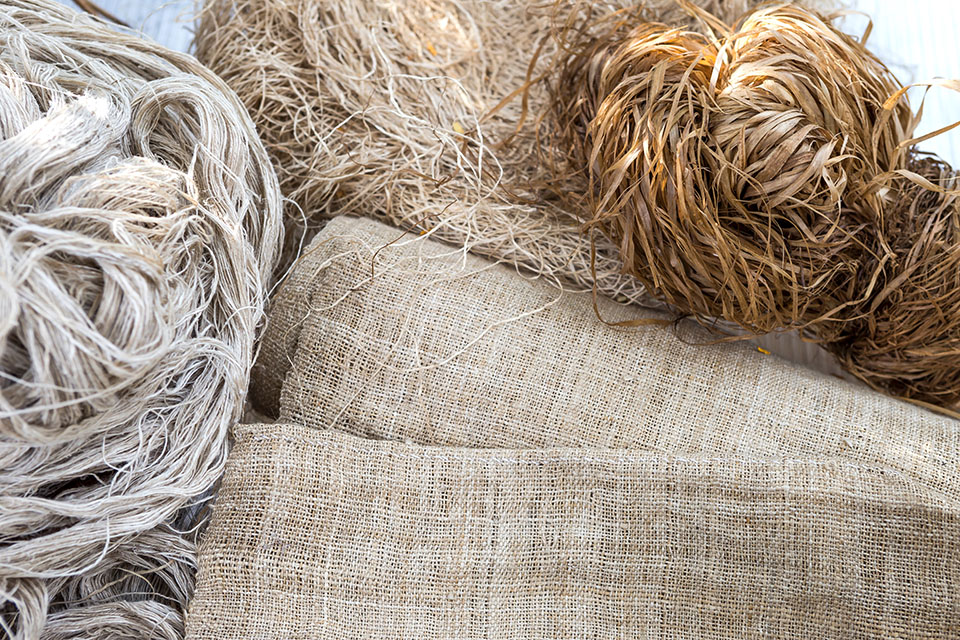
While wholesale hemp and CBD biomass prices declined at the beginning of 2023, the industrial hemp market is projected to continue to grow steadily through 2030 despite the price change. Experts maintain that increasing product demand from paper, building materials, and textile markets will support market growth and the economic potential of hemp biomass.
Not only are products produced from hemp renewable and environmentally friendly but paper products created from hemp biomass also require fewer chemicals during processing. As awareness about the benefits of products made from renewable resources like hemp biomass continues to rise, there’s expected to be an increase in market growth.
With a decrease in CBD prices, the interest in fiber amongst hemp farmers is increasing. Some states now permit the feeding of hemp to animals. In 2022, Kentucky became the first state to approve hemp in animal feed. Hempcrete was also approved for residential buildings in the U.S. the same year. Federal funding for renewable energy, infrastructure, and climate-friendly agricultural practices is also expected to increase the profitability of hemp biomass in the coming years. For example, the USDA Partnership for Climate-Smart Commodities is investing close to $50 million in hemp fiber and grain production.
Important Considerations
While hemp biomass has significant potential for hemp farmers, regulatory uncertainty is the largest barrier to increased growth. Because the market is still largely unregulated, there is little quality control for hemp biomass products. Furthermore, testing is typically cost-prohibitive for farmers and agencies. While hemp biomass could be used in ways that support the environment, this waste material that can be recycled to create new products is often discarded as waste.
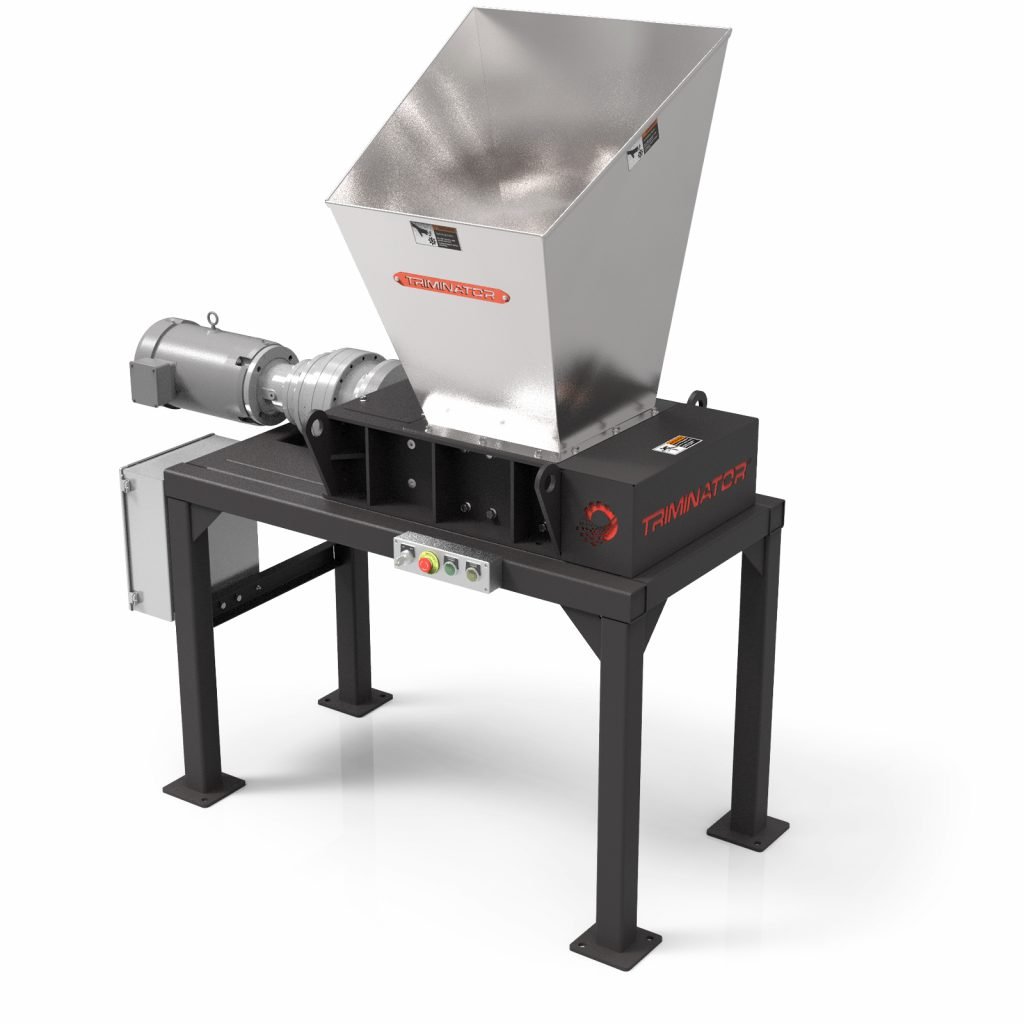
Waste requirements in the cannabis industry are evolving along with the industry itself. Like most cannabis regulations, hemp waste regulations can vary from state to state, and commercial cannabis operations must be informed of local and state laws. Not adhering to these regulations could result in large fines or the loss of the ability to grow altogether.
Shredding hemp waste is common amongst commercial hemp operations, as it can help break down biomass into manageable pieces that can reduce waste volume and make adhering to waste compliance easier and more efficient.
Last Thoughts on Hemp Biomass
For cannabis operations producing large quantities of hemp waste, understanding the positive impact that processing hemp biomass contains is important from both an economic and environmental angle.
While commonly disregarded in the cannabis industry, hemp biomass has the opportunity to be used in creating various eco-friendly products that support a sustainable future. Processing hemp biomass is also required in some states, and complying with local and state regulations is critical for commercial cannabis operations.
The hemp biomass market is projected to continue to grow steadily alongside the global hemp market, offering commercial cannabis operators an untapped opportunity with their biomass material. At Triminator, we offer the most comprehensive range of hemp and cannabis processing equipment. Contact us and see how we can help you turn your hemp biomass waste into a profitable, eco-friendly product.
Like what you read?
Get more insider industry knowledge sent right to your inbox
"*" indicates required fields